In this post I’ll briefly explain how to use PhpMyAdmin tool to create a database and assign privileges (rights) to database users. Within other posts I’ve already explained how it is done using other tools:
If you are using one of the above mentioned control panels, they contain an icon for starting PhpMyAdmin. Though you can install it manually within a subdirectory, or as a part of WAMP, or LAMP installation, on your local (home) computer. Separate posts explain this part:
Either way, if you need to use a database (for installing WordPress for example), you will need to create it, and a user, with needed access rights / privileges. The explanation is simple, brief, pictures speak for themselves:
If it is being done on a local computer, open a browser and type this address:
http://localhost/phpmyadmin/
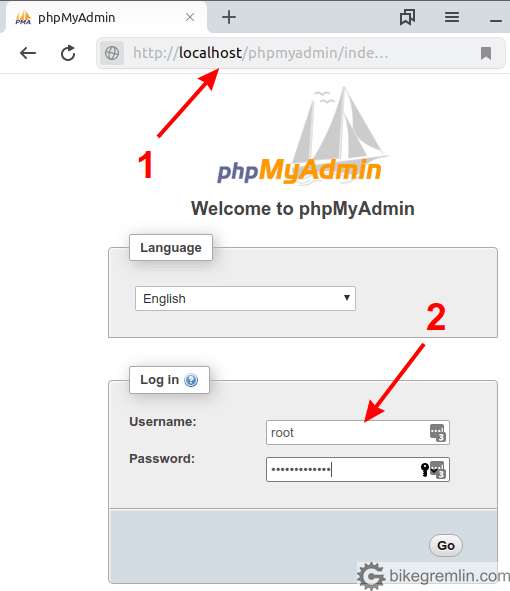
Picture 1
Now a database should be created:
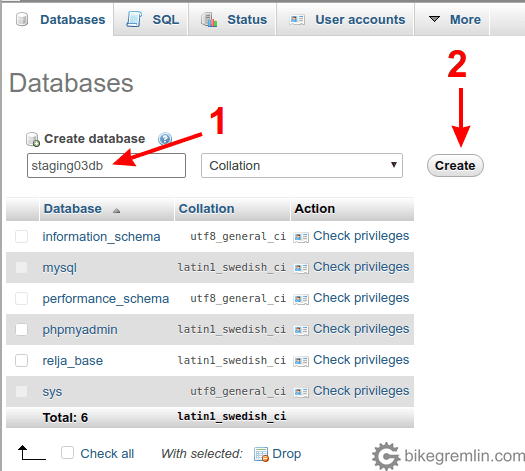
Picture 2
User you logged in with and created the database usually automatically gets all the privileges. If you wish to give the privileges to another user (you had created), this is the procedure:
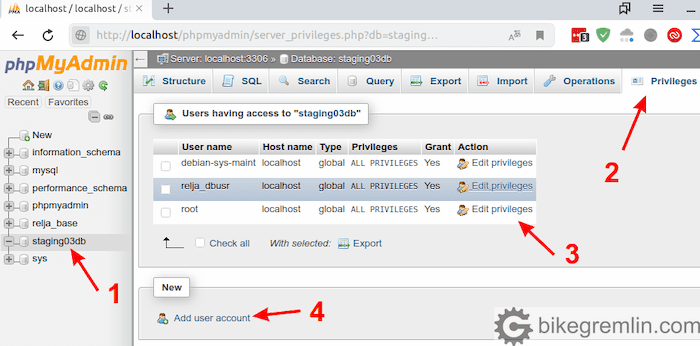
Click on “Privileges” (2)
Click on “Edit privileges” for the user you wish (3)
Or add another user by clicking on “Add user account” (4)
Picture 3
Now you will get a menu for adding privileges:
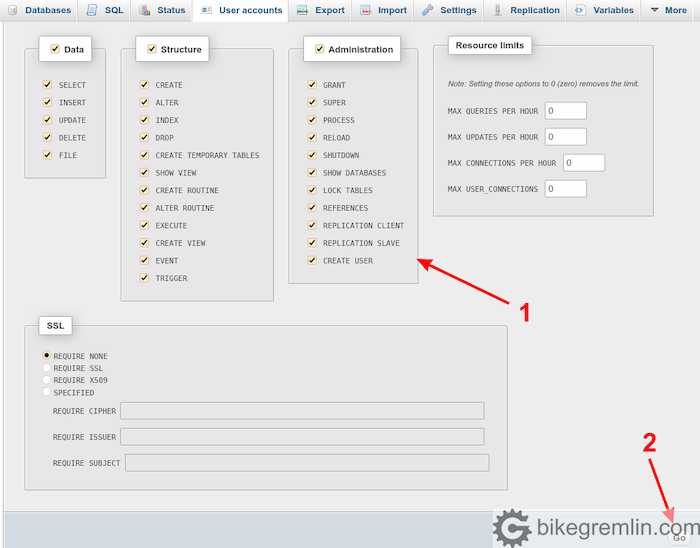
Picture 4
That’s about it, put briefly. I made a long tutorial video on website migration, where I also show working within PhpMyAdmin. I’ll provide a link, that should take you to the video’s time of 7:48 where PhpMyAdmin use is shown briefly. Video: WordPress website migration – manually.
Last updated:
Originally published:

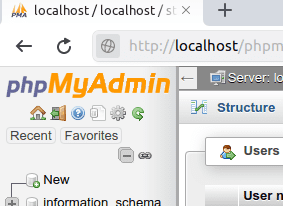
LAMP installed OK but phpmyadmin does not load the log in screen as depicted above, just get a mass of text like this “addJSON( ‘list’, RecentFavoriteTable::getInstance(‘recent’)->getHtmlList() ); exit; } if ($GLOBALS[‘PMA_Config’]->isGitRevision()) { if (isset($_REQUEST[‘git_revision’]) && $GLOBALS[‘is_ajax_request’] == true) { PMA_printGitRevision(); exit; } echo ‘
‘; } // Handles some variables that may have been sent by the calling script $GLOBALS[‘db’] = ”; $GLOBALS[‘table’] = ”; $show_query = ‘1’; // Any message to display? if (! empty($message)) { echo PMA\libraries\Util::getMessage($message); unset($message); } $common_url_query = PMA_URL_getCommon(); ”
Any help much appreciated
I’d try googling the error code (and/or parts of it). Got this for example:
https://forums.linuxmint.com/viewtopic.php?t=226179
https://askubuntu.com/questions/906550/lamp-server-phpmyadmin-is-showing-demo-page
https://askubuntu.com/questions/800810/phpmyadmin-shows-weird-code